![]() The information provided by our expert should not constitute a diagnosis of your condition. Always consult a medical practitioner or healthcare provider for a formal diagnosis. By making use of this content, you agree that ConceiveEasy and the expert assume no liability.
The information provided by our expert should not constitute a diagnosis of your condition. Always consult a medical practitioner or healthcare provider for a formal diagnosis. By making use of this content, you agree that ConceiveEasy and the expert assume no liability.
If you are wondering how best to get pregnant, some pictures might help you. A doctor will tell you the usual answers like weight control, a balanced diet, exercise and avoidance of stress as much as possible, but there are other less straightforward getting pregnant tips that could apply, from herbal treatments and yoga, to fertility massages and trying new sexual positions as well as trying fertility pills. But, sometimes, the core of the problem is deeper than this, as some women are not fully aware of how their body works. Claim Your 20 Free Pregnancy Tests – Click Here
Therefore, if you are planning to get pregnant, you might want to follow these steps:

The Menstrual Cycle
Throughout each cycle, your ovaries and your brain communicate with each other by way of hormones. The menstrual cycle works by releasing a mature egg from your ovaries each month. It takes the first two weeks of your cycle for the dominant egg to completely mature. This stage of your cycle is called the follicular phase and lasts about 10-14 days.
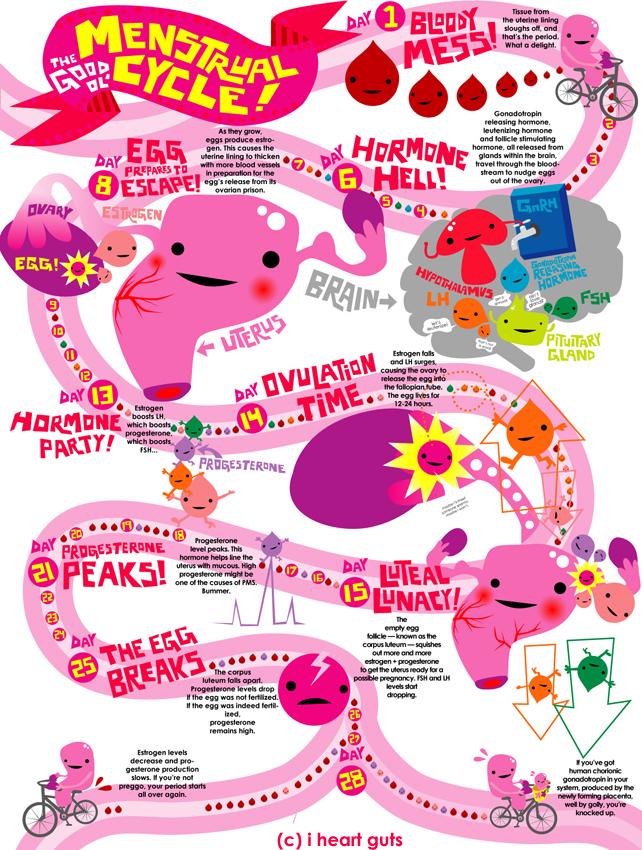
Most cycles are roughly 28 days long.
Roughly halfway through your cycle, there is a surge of luteinizing hormone (LH) which appears to trigger the release of the egg by the ovary, called ovulation. Within 24 to 48 hours, the egg is released and the egg makes its way into one of the two fallopian tubes. Your hormones then work to prepare the egg to be fertilized.
If the egg is not fertilized at the time of ovulation by your partner’s sperm, then your body will dispose of the egg and your period will begin, flushing the egg from your body. If you understand how your menstrual cycle works, you can predict the timing of your ovulation.

What happens when you get pregnant
If your egg has been fertilized by your partner’s sperm during ovulation, midway through your menstrual cycle, it will then continue on its path down the fallopian tube toward the uterus. The cells have begun to divide, and an embryo has formed.
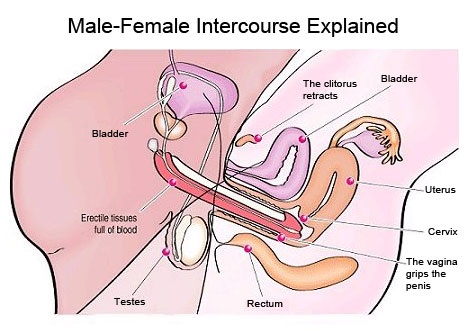
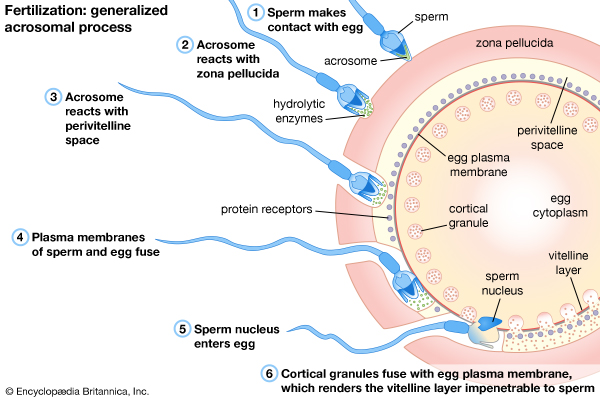
The egg, which will double its number of cells each time it divides, settles along the wall of the uterus and hatches about 6 days after fertilization. It will shed its hard shell and burrow deep into the wall of the uterus, called implantation.
Within the uterus is where the embryo will grow into a baby over the next nine months.

Chart your menstruation cycles
Keep track of your menstrual cycles via a calendar, which can either be a picture printed and hung somewhere close to you, or some notes put in your daily calendar, or on your phone or computer. Keeping a pictorial chart will assist you in becoming familiar with your personal fertility cycle.
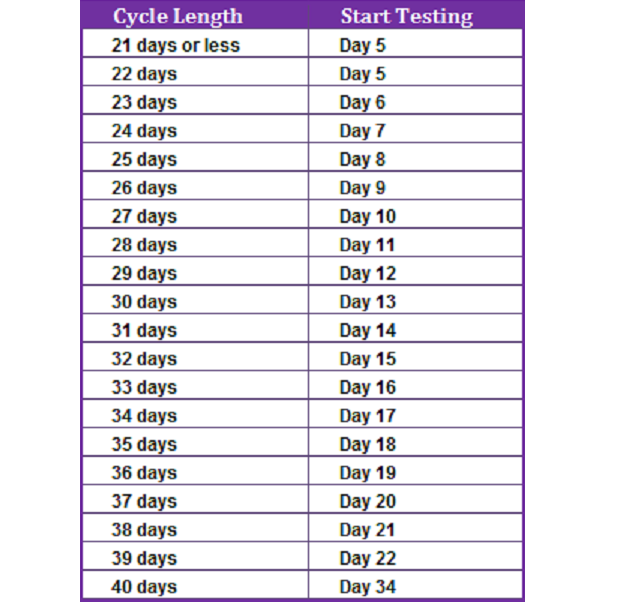

Chart with a BBT
You could be charting your BBT temperatures daily, and this handy chart will help you see the spikes so you can predict when ovulation will occur.
The first step is to purchase a basal body thermometer. You can purchase one at your local drugstore, such as CVS or Walgreens as they carry these thermometers. In order to take your BBT temperature, you need to have a body basal thermometer as opposed to the one that you probably already own to use if you suspect you have a fever.
BBT will record your temperature to the tenth degree, and is the most precise thermometer available to detect a rise in temperature due to ovulation. The next thing to get is some graph paper, or you can set up an excel sheet if you prefer to record your temperature that way.
Always have your chart, pen and thermometer ready the night before you go to bed and place it on your night-stand that is easily accessible to you without you needing to move around too much because you will need to take your temperature when you literally awaken the next morning. Any significant movement can alter the temperature and cause it to become inaccurate.
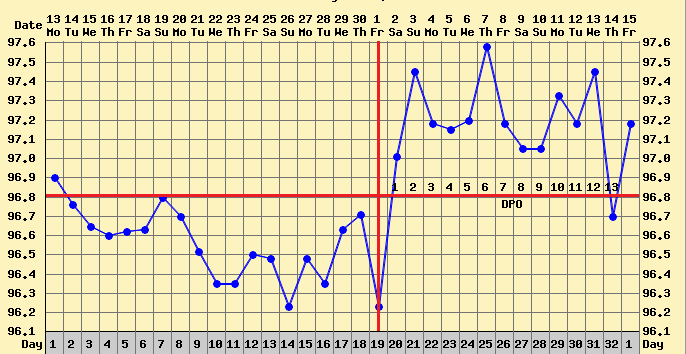
You begin to take your temperature and chart your cycle on the day you start your period, as that will be day 1 of your cycle. Be sure to take it at the same time each morning. Be sure to have at least 3 hours of sleep before you chart.
Be sure to keep jotting your temperature each morning, and when you are done with your cycle and onto the next, look for a spike of 0.4 degrees Fahrenheit over a 48-hour period, and find out when in your cycle that jump happened because that is an indicator that you ovulated.
In fact, before you actively try to conceive, this is the way you can get to know your cycles. You don’t want to use this method while you are trying because after ovulating, the egg won’t be good for 12-24 hours after the fact.
Using a BBT to chart your cycles is a good way for you to know your cycles better so you can pinpoint when you are the most fertile.

Ovulation Predictor Kits
Using ovulation predictor kits (OPK’s) is another way to find out when you are most fertile. They are more expensive than BBT, but are more accurate in a sense as you will find out when you are close to ovulation, as opposed to finding out when you have already ovulated by using the BBT method.
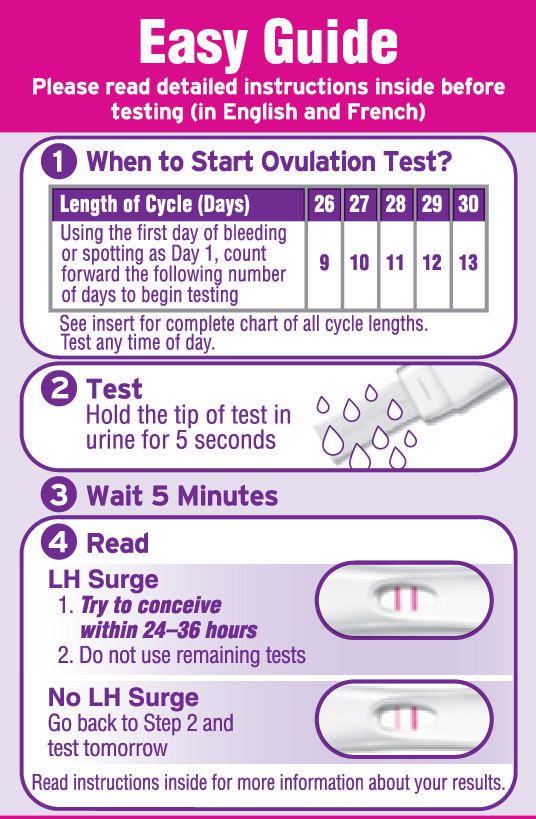
There are different types of OPK’s that you can get. The urine-based type tests your urine to detect the luteinizing hormone (LH) present. If it is, then you are going to ovulate in 1-2 days and that is the best time to start trying to conceive.
If you get a positive ovulation test, it is time for intercourse now!
The other type is a salivary ferning kit which allows you to test your saliva with a small microscope. As the estrogen levels increase, more salt in your saliva is detected and that is what these ferning kits are used for. When the salt in the saliva dries, it has a crystal-like appearance and this is an indicator that you are going to be ovulating in the next 1-2 days.

Cervical Position and Mucus Changes
Another way you can track your cycle is to monitor your cervical position as well as consistency of the mucus. The cervix is the neck of your uterus and you can feel it if you insert your fingers into your vagina. Right after you are done with your period, you will not produce much mucus and whatever is produced will be dry. The cervix is also low and firm. However, as the cycle progresses, you will find that your mucus from your cervix is cloudy and sticky. The cervix is also a little higher up, but still firm.
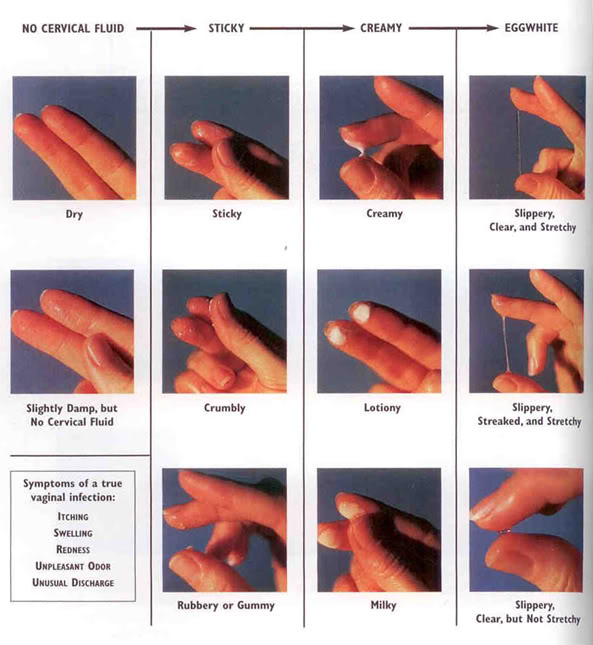
However, 1-2 days before you are about to ovulate, you will find that the mucus is slippery, abundant and has a raw egg-white like consistency.
Your cervix is also high and very soft. After ovulation, the mucus becomes sticky and cloudy and the cervix begins to lower and becomes firm again.
By using the three ways to chart, you will really know your cycles well unless they are irregular somewhat. However the cervical position or mucus method and the use of OPK’s will be more helpful in that case.

Best positions to get pregnant
Not all sexual positions are created equal when you’re trying to get pregnant.
The most optimal of all the sex positions to get pregnant is the traditional missionary position, where your partner is on top.
This position is the best position to get pregnant because when the woman lies on her back, her vagina is tilted downwards toward the cervix, making it easier for the sperm to get through the cervix and into the uterus. It also allows the deeper penetration, so sperm can enter the cervix more directly right after ejaculation.

Lying side-by-side, either face-to-face or in the “spoon” position with the man entering from behind, are also good positions to get pregnant. In the rear-entry position, the man enters the woman’s vagina from behind, as she either lies on her belly or kneels on hands & knees. The man stands behind her, perhaps at the end of a bed, or he kneels. With deeper penetration & allowing gravity a role, this position also allows the sperm to be deposited close to the cervix.
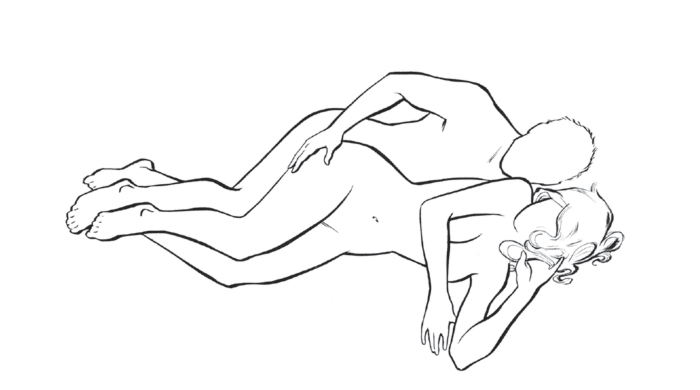

Foods for Fertility
In order to make sure you are eating the right types of foods to enhance your fertility, as well as limiting the foods that can hinder it, you will need to make sure you are following a diet that will help promote ovulation. You can even consult a dietician or nutritionist that specializes in fertility to help you out.
However, the foods to make sure you consume are whole fat dairy such as full-fat milk, yogurt, and cheese.
Also, foods that are high in unsaturated fats such as salmon, eggs, nuts, seeds and other fish are recommended. You will also want to have plant-based proteins that come from nut, seeds, and legumes. You can also have poultry, but limit consumption of red meat because that can cause the bad cholesterol levels to rise, which can inhibit ovulation.
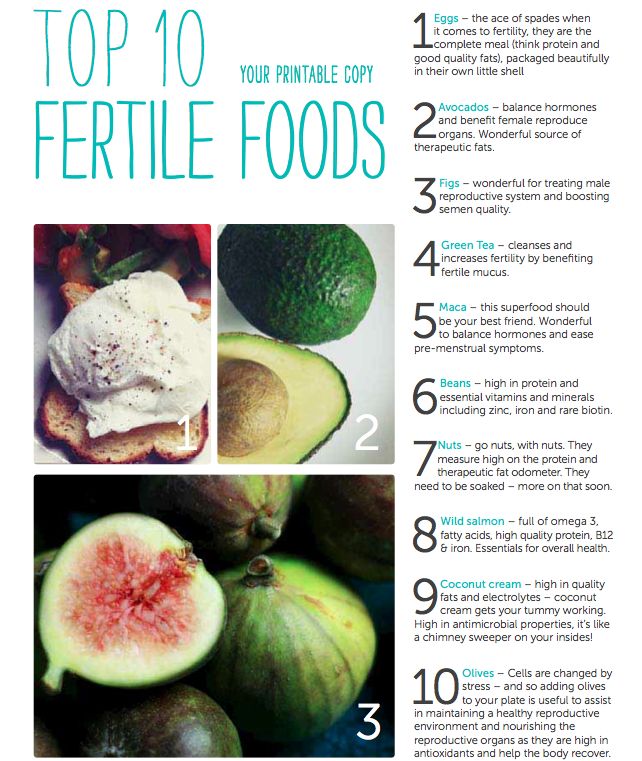
You will also want to make sure that you consume complex carbohydrates such as whole grain bread, whole grain pasta, fruits, and vegetables as it will not cause your insulin levels to spike too much.
Simple carbs such as cookies, pastries, white bread, white rice, white pasta, candy and so on will cause your insulin levels to spike high and stay in your blood which will inhibit ovulation. Therefore, you will want to limit those. The same goes for trans fats which you will find in fast food as well as in pastries. Also, limit caffeine by sticking to one cup of coffee and avoid alcohol. Be sure to take a prenatal vitamin with 400 mcg of folic acid while trying to conceive.

Weight
You will also want to get to a healthy BMI of 20-25 to conceive (up to 30 BMI as the maximum). Being too underweight or overweight will hurt your chances of conceiving as well as your fertility will be affected by not being at an acceptable weight.
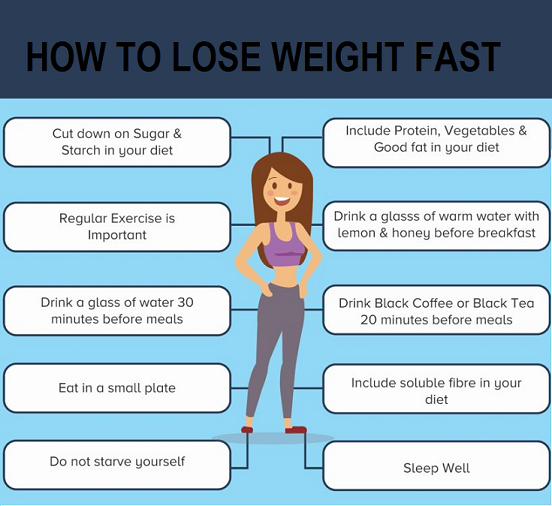
If you are a bit overweight, losing as few as 5-10 lbs is enough to rebalance your hormones to give your fertility a kick in the pants!

Exercise
Be sure to get enough exercise by taking a half hour fast paced walk 5 times a week as that will help your fertility. But don’t exercise too much as that will inhibit ovulation as much as being sedentary does!
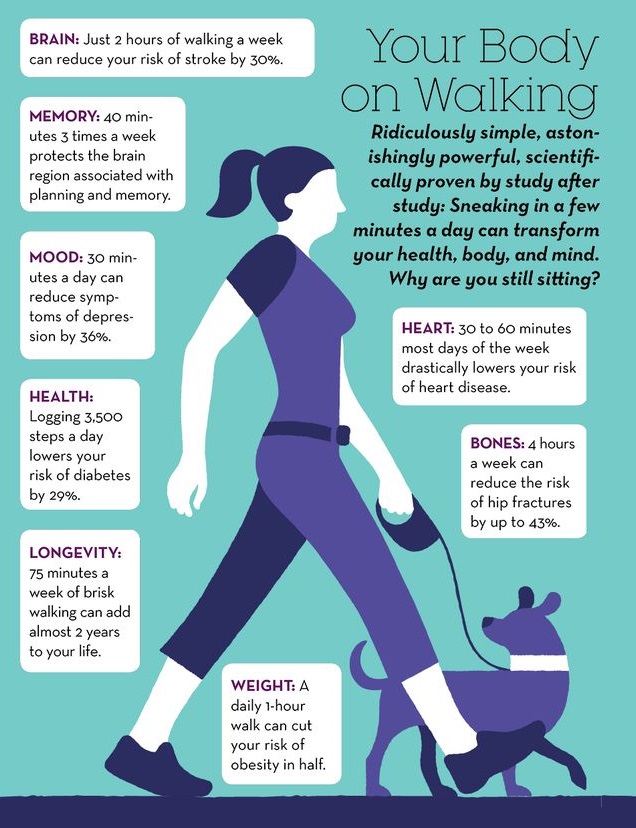
If ovulation fails to happen even after self-care by utilizing the tips above then other help will be given by doctors.

Clomid
Some women who cannot ovulate on their own regularly are prescribed Clomid, which is an oral medication that is used to stimulate ovulation by lowering estrogen levels which causes the follicle stimulating hormone to rise, as well as the luteinizing hormone.
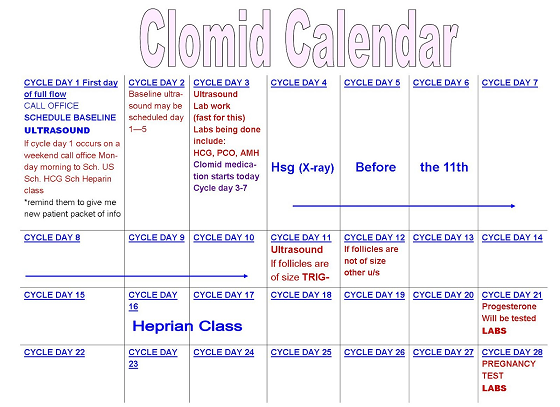
It is taken for only 5 days per cycle, usually beginning at Day 3 (days 3-7) or beginning on Day 5 (days 5-9). And about 7- 8 days after the last dosage is taken is when ovulation will happen. Women on Clomid will be monitored through blood work and ultrasound to determine if ovulation is happening.

Vitex
Vitex is a great herb that is safe for women who are trying to get pregnant to take which helps regulate hormonal levels, as women who have severe PMS symptoms take it. Vitex also helps increase progesterone levels and helps with ovulation stimulation.
Naturopathic doctors will prescribe women this herb if they are having difficulty trying to conceive, and it can be purchased at health food stores. However, before taking any herbs to help with fertility and during pregnancy, consult with your doctor first as not all herbs are safe.

ConceiveEasy
If prescription options are not your ideal and sorting through the myriad number of fertility herbs and vitamins to find the right concoction is also not your thing, then you make think of taking a fertility blend. These supplements are just like they sound, a blend of all the best fertility herbs and vitamins pre-combined in an easy to take single pill.
The most popular option is ConceiveEasy, which has tremendous success to helping women get pregnant quicker. It comes in a monthly blend, and when you try the ConceiveEasy TTC Kit for free, you also get an entire kit of goodies to help you conceive. Things like pregnancy tests, ovulation predictor kits, a basal body thermometer and BBT chart. All the tools you will need to get that positive pregnancy test!

Bottom Line
So, if you are still wondering how to get pregnant, pictures will help you achieve a thoughtful understanding of how your body works, which is a major issue for all women, as well as the changes that happen in your body, when you get pregnant, and while you are pregnant.
Then when you’ve followed all of the above tips, and you think you might be pregnant, you can use this handy pregnancy test calculator to determine when to take a pregnancy test. Simply enter the information requested, and it will tell you a good time to take an at-home pregnancy test and have the best chance of getting a positive if you are indeed pregnant. Good luck!


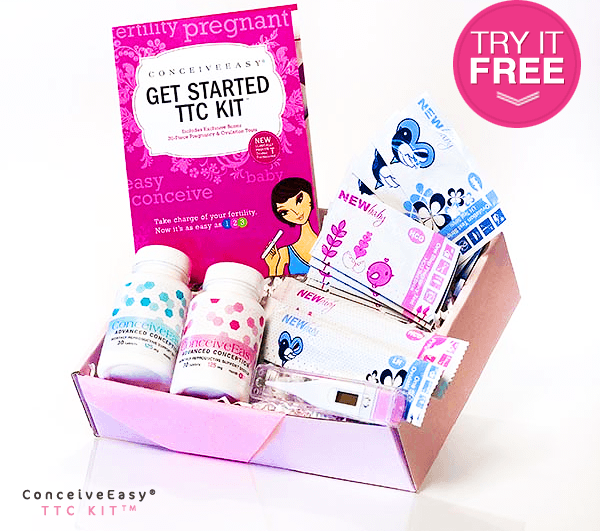
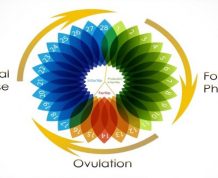

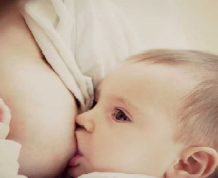

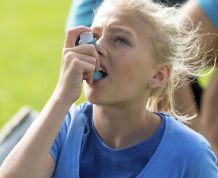



Comments